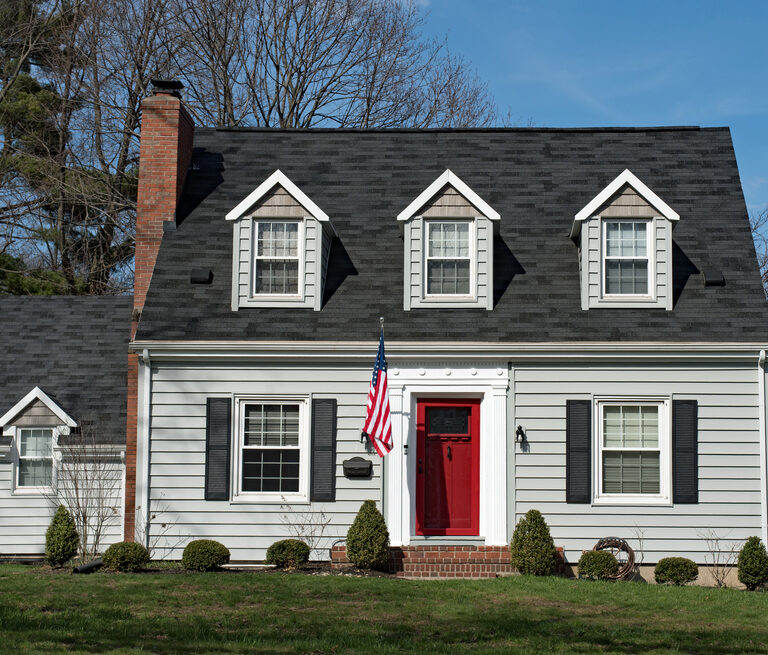Dormer windows are popular additions to the upper floors or attics of many types of buildings, as these structures are built into a pitched or flat roof, usually adding a window, boosting the square footage, and flooding a space with natural light.
While they’re most at home in a few, traditional design styles, dormer windows have been used in just about every conceivable architectural style. They do have a few peculiar qualities that don’t make them right for every home, so let’s learn more about their history and uses to help determine if a dormer window might be in your future.
Dormer Window History & Construction
A cousin of the word “dormitory,” dormer derives from the French word dormir. In English, dormir means “to sleep,” which makes sense considering that dormer windows are often used to bring light and a feeling of openness to bedrooms.
The oldest known formal use of dormer windows can be traced back to Francois Mansart (he of Mansard roof fame), the 17th century French architect. His signature style roof, which features two slopes on each side, with the lower section being steeper than the upper, gave Parisian homes tall attic spaces.
While the added space was prized in the congested city (Paris in the 17th century was home to about a half-million people), that space needed to be cooled and lighted. But because the added space was covered on the outside by the roof, it was necessary to insert windows through the roof.
By building a window structure perpendicular to the upper slope of the roof, Mansart was able to provide access to light and breezes that would make the attic spaces appropriate as sleeping quarters.
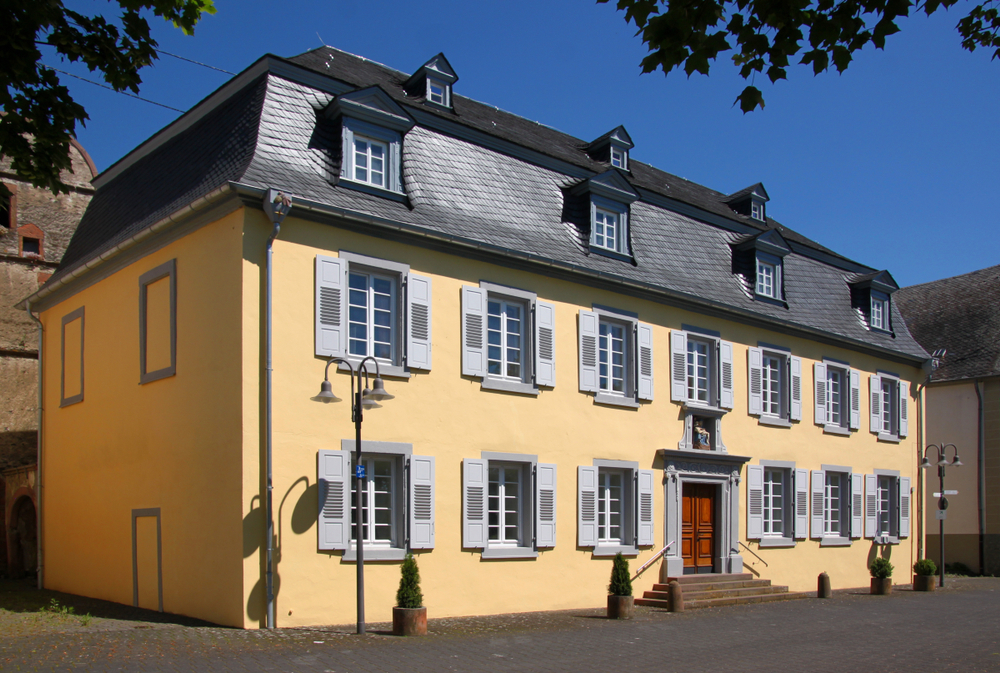
Thanks to modern heating and cooling, dormers aren’t used as much for air conditioning today, but they still can provide natural light that makes upper-floor spaces, including bedrooms, feel larger and more expansive.
Types of Dormer Windows
While the basic structure of dormer windows is consistent across styles (two side walls, a roof, and a window), there are as many styles of dormer windows as there are architectural movements, and these types of windows can meld with almost any design style. Dormer window styles are usually named after the roof style from which they derive.
This isn’t a complete list of all possible types of dormer windows, but these are the ones you’re most likely to encounter:
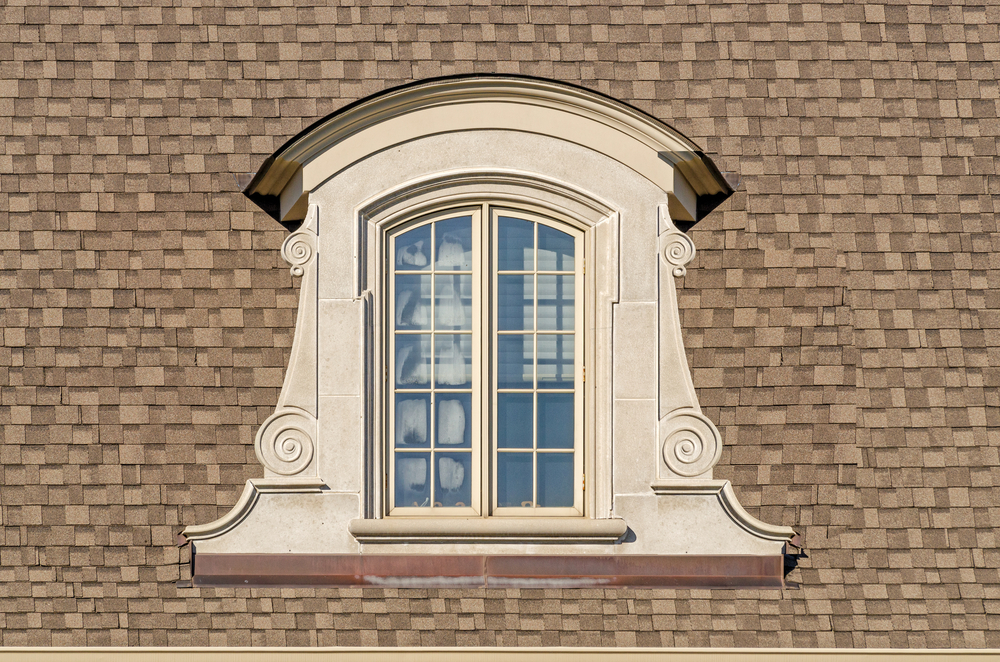
Arched top: These dormers have a curved roof, hence their name, and they’re most often used in homes or buildings designed with a French style of architecture.
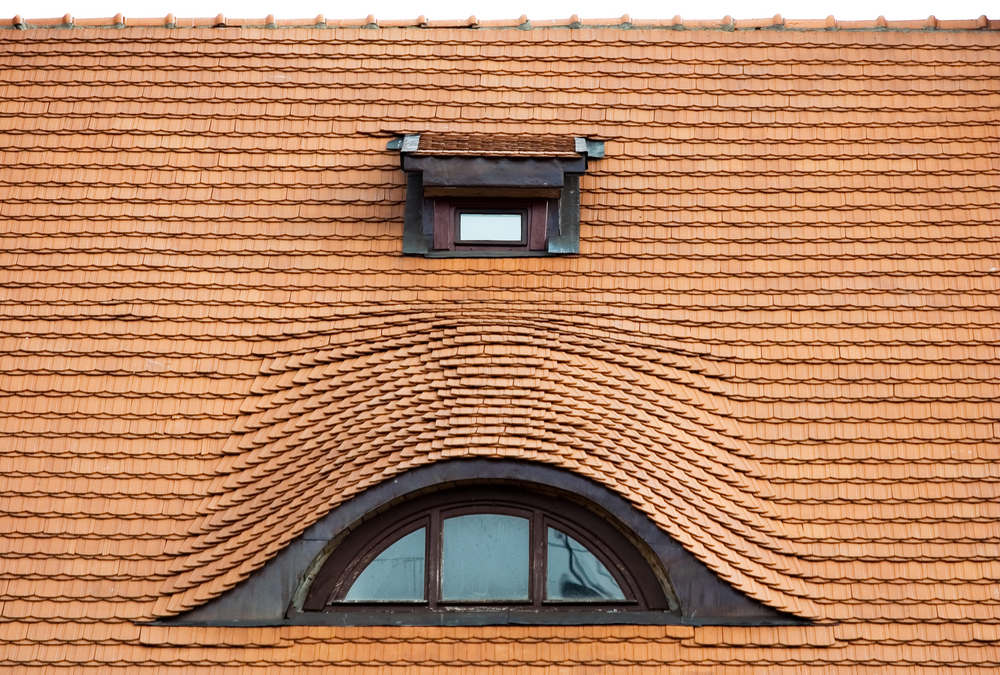
Eyebrow: Named for their wavy appearance, eyebrow dormers are often added to roofs in which the shingles are laid to appear similar to thatched roofs.
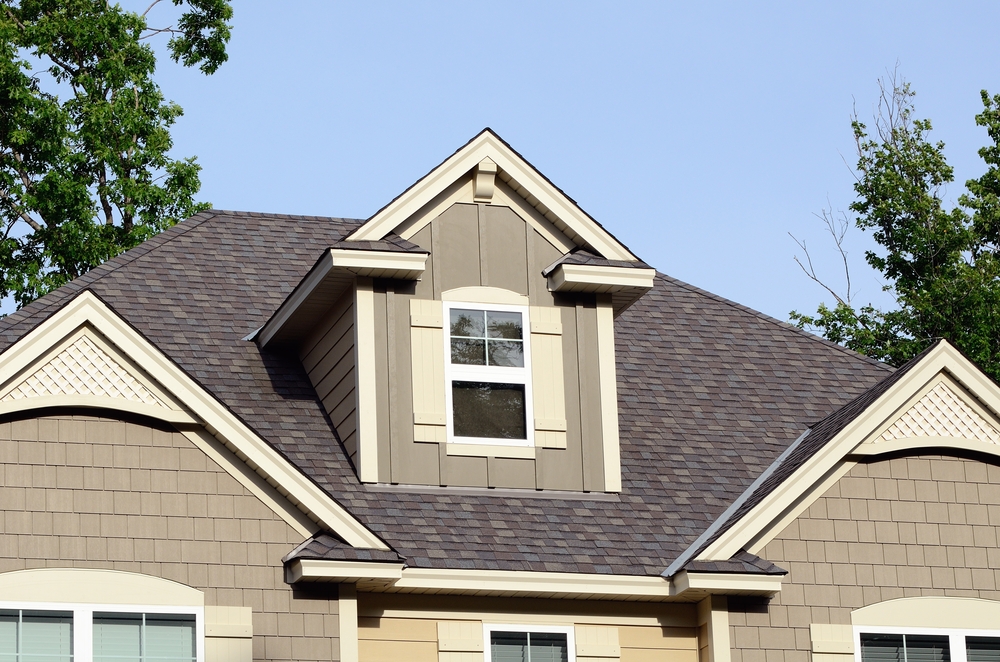
Gabled: Mimicking one of the most common roof styles with a top, center peak and sides that slope down, gabled dormer windows are also among the most common styles. This type of dormer can be used in a wide variety of home styles, which makes them quite popular.
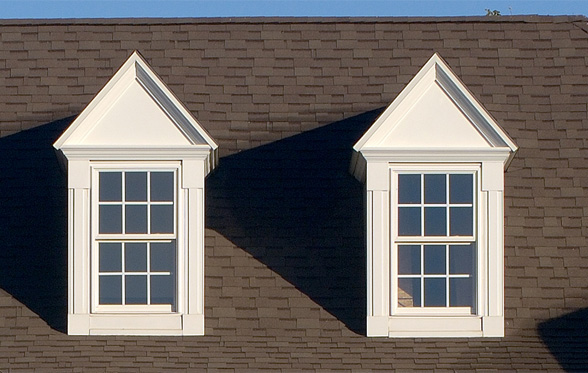
Pedimented: With a shape similar to a gabled dormer, pedimented dormer windows differ from gabled versions thanks to the addition of molding or columns that accentuate the triangle shape created by the dormer’s roof structure.
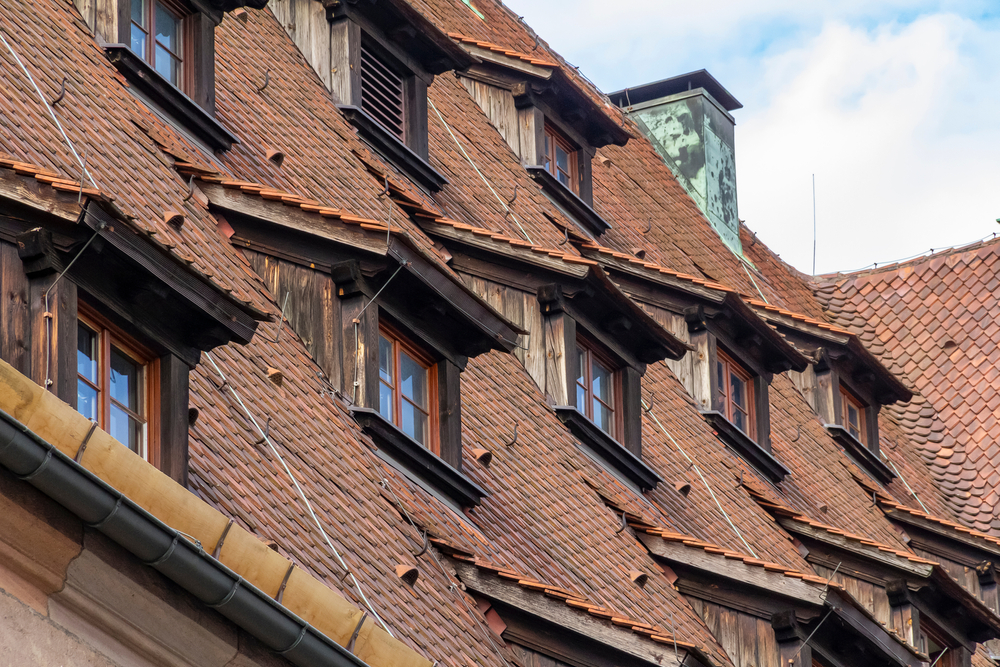
Shed: With a name derived from the common style of roof in freestanding shed structures, shed dormer windows are characterized by roofs that toward the front. Because of their simplicity, they’re found in many types of homes and buildings, including those with steep roofs, such as Mansard roofs.
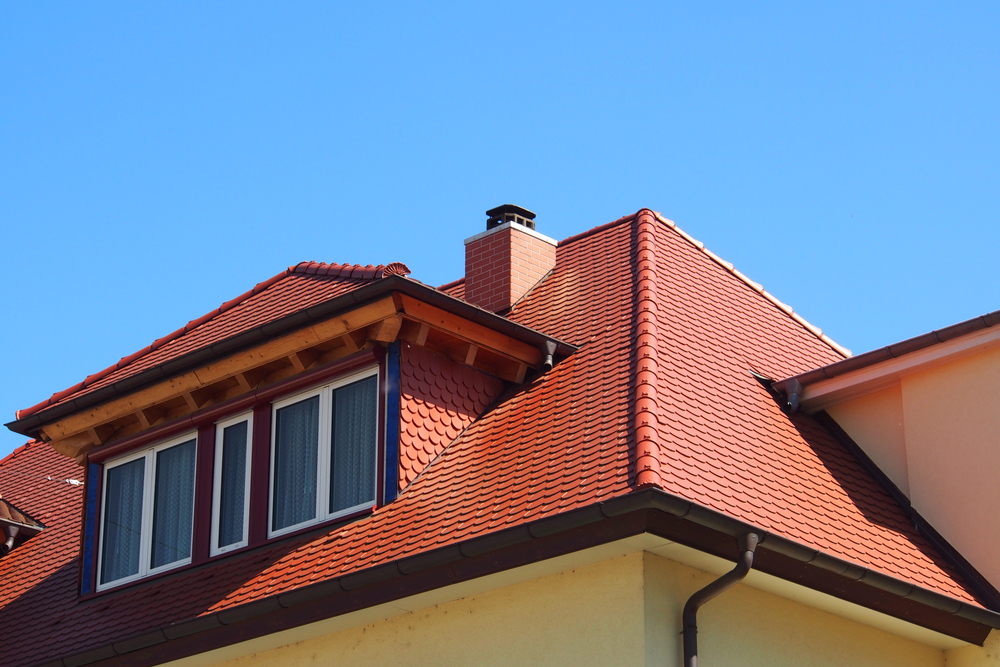
Hipped: Identical to the roof style of the same name, hipped dormer windows have a roof structure that slopes upward on all sides.
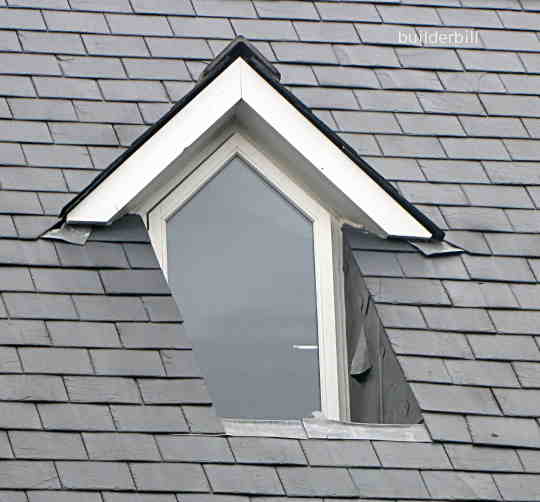
Recessed: The default style of dormer windows is to project out from the roof, but they also can be recessed into the roof structure, which often creates a small outside area. This style is also known as inset.
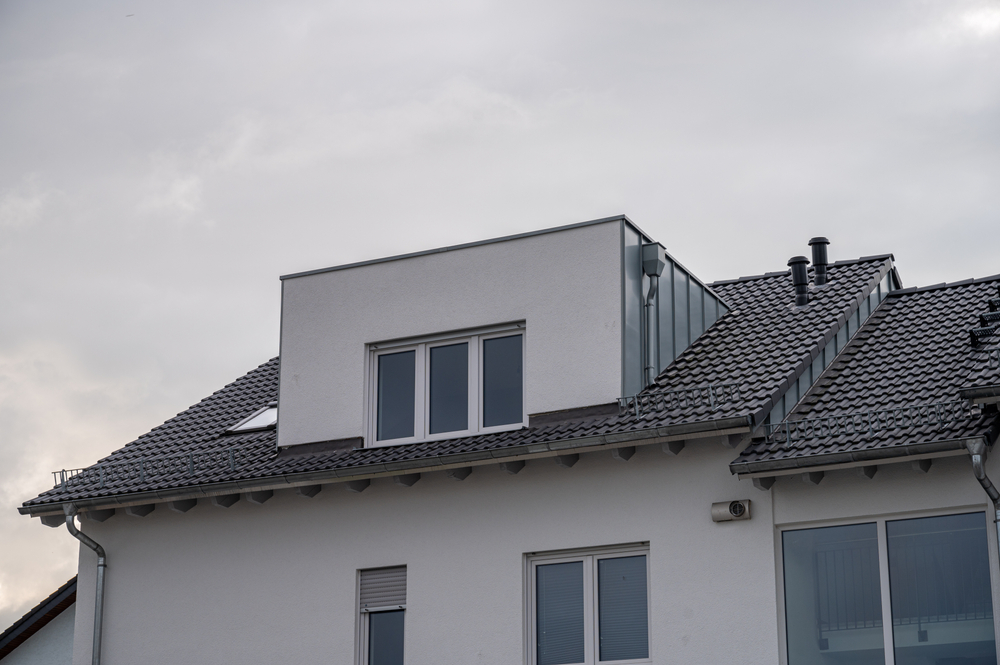
Flat roof: As the name implies, this type of dormer is characterized by a flat roof rather than one that has any type of slope. They can be used in flat-roof buildings as well as those with sloping roof structures.
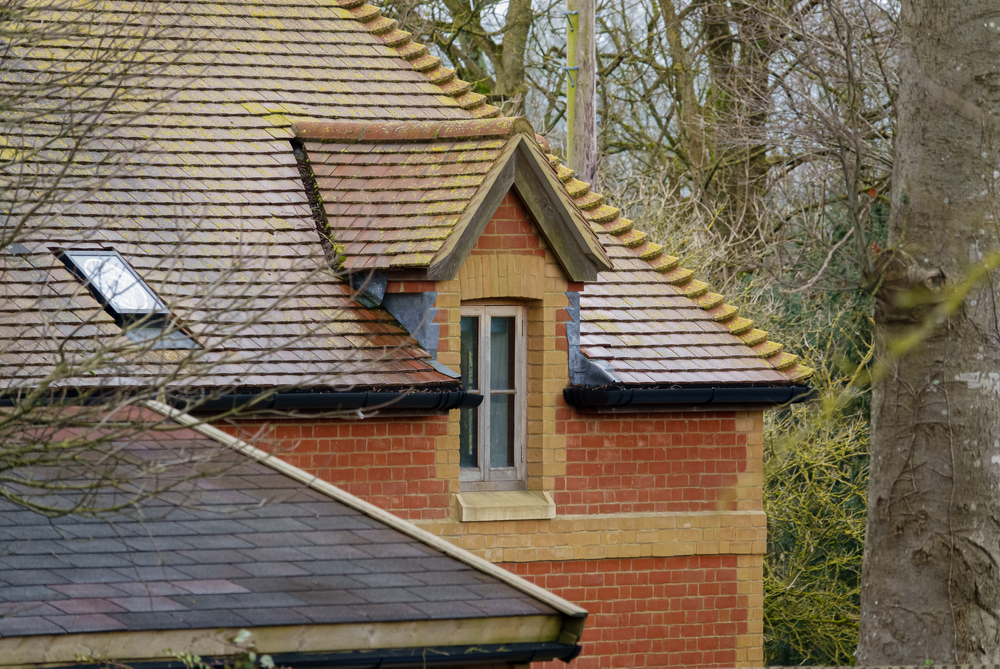
Wall: This type of dormer window is best understood as neither recessed nor projected, and the window portion of a wall dormer window is flush with the wall structure. Wall dormer windows can have any of the roof types discussed as well.
Pros and Cons of Dormer Windows
While they can add beauty and function to a home, there’s no doubt that dormer windows aren’t for everyone. Let’s take a look at the biggest pros and cons to considering adding dormer windows to your existing home (or new construction).
Pros
Here are the biggest reasons to consider dormer windows:
- Increase space: Adding dormer windows increase the usable space in a room, and they’re often the best way to create a bedroom in attic areas.
- Raise the roof: Code varies by locality, but in general, bedrooms must have a minimum ceiling height of 7 feet in at least 50% of the room, and dormers can help provide that in tight areas.
- Add light: Dormer windows expand the natural light in a space, which makes any room feel larger.
- Provide ventilation: While this isn’t a much of a benefit now that modern homes have air-conditioning, upper floors still are more prone to overheating because heat rises. So rooms in attics and upper floors with dormer windows can create a breezy effect.
- Add character: From the outside, dormer windows can help break up the visual effect of one solid roof structure, which is especially helpful in long, continuous rooflines.
Cons
These are the biggest factors to make you think twice:
- Professional installation: Dormer windows aren’t a DIY project. Making sure they’re properly installed often means creating custom elements, often including the windows themselves, so that water is unable to penetrate any of the surfaces.
- Maintenance: Adding the additional roof and wall structure means the chances for damage to siding and shingles increases, so these areas must be inspected seasonally and after major storms. And periodically, the window also needs to be cleaned, which can be precarious for dormers in high roofs. (Some products can help with this, though, depending on how tall your roof is and how far your garden hose reaches.)
- Cost: The top two issues here make dormer windows much more expensive than other types of windows. Remember that in addition to adding a window, putting in a dormer requires a roof, exterior walls, siding, and all those things must be repeated inside (ceiling, drywall, etc.). According to HomeAdvisor, an average cost for professional installation of one dormer window is about $4,000. Some dormer designs are cheaper than others (shed and flat types are the least expensive because they require less structure), but plan to spend in the thousands rather than the hundreds for a single dormer.
Tips for Dormer Design
If you’ve set your mind to having dormer windows in your new construction or existing home, be sure to make the most of your investment by ensuring the dormers blend in cohesively with the remainder of the space and that you’re using them in the best way.
Here are our do’s and don’ts for interior and exterior dormer design:
Do Complement the Style of the House
That doesn’t necessarily mean the dormer should match exactly, but they must go together. While most types of dormer windows can work with multiple architectural styles, there are some that just go better with certain movements (eyebrow dormers and East Coast styles are a match made in heaven).
Don’t Throw off the Balance of the House
Consider both the roof of the dormer and its construction style; will it protrude from the roofline or be recessed? Should it stand out as a feature element or blend in?
Here’s an example of a dormer that feels out of place and throws off the balance of the front elevation of the home, even though it’s constructed in a style similar to the rest of the house.

Do Build a Window Seat or Storage Nook
Depending on the design of the room with the dormer, think about how you can take full advantage of the newfound light and space provided by the dormer. One good option is to build a simple window seat, like this one, that can provide a cozy reading nook or storage area. Add a cushion on top and you have a comfortable, charming space.
The Bottom Line
While dormer windows are a major investment in any home, whether you’re talking about an existing house or a brand-new build, their benefits are just as strong today as when they first became popular almost 400 years ago. Design and construction have come a long way since then, but dormer windows still help connect cramped spaces to the great outdoors.
